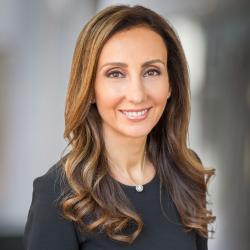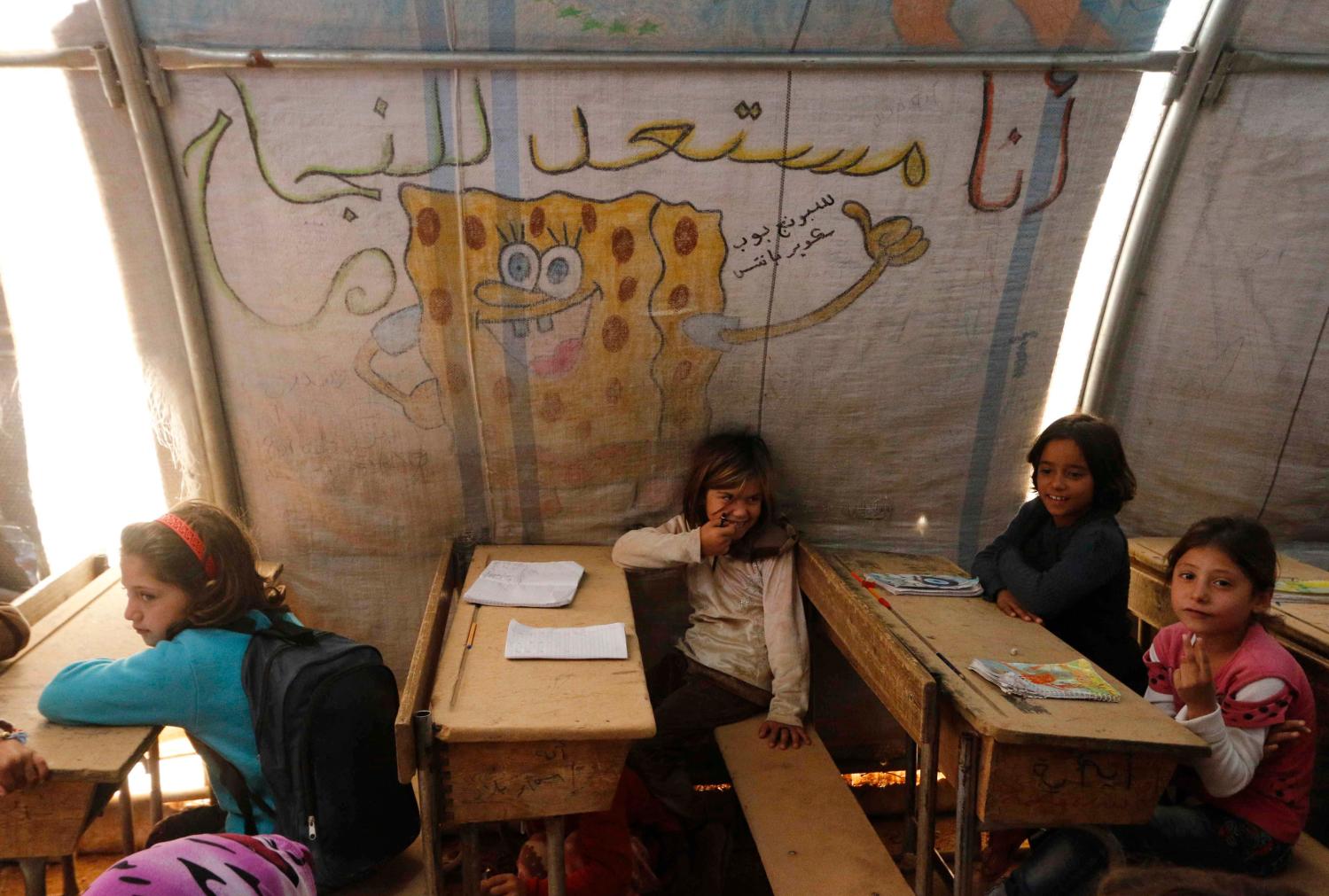Investing in education has been pivotal to making
progress toward achieving the Millennium
Development Goals. Research shows that investing in
providing a high-quality education alleviates extreme
poverty, improves health outcomes, protects girls
from early marriage and empowers women. Recent
evidence also suggests that for every $1 spent on
education, between $10 and $15 can be generated in
economic growth.But after a marked decrease in the
number of children and adolescents who were out of
school around the world between 2000 and 2007,
progress has stalled. In 2012, 58 million children and
63 million adolescents, respectively, did not have access
to primary and secondary education.
The financing gap continues to be one of the major
obstacles to global development efforts. For the global
education agenda, the United Nations Educational,
Scientific and Cultural Organization (UNESCO) estimates
the current need at $42 billion annually
through 2015—$29 billion to achieve universal primary
education, and $13 billion to improve access to
lower secondary education. Even with donors’ contributions,
the yearly gap remains $38 billion. And this
gap is also widening, because more than 20 bilateral
and multilateral donors—including 9 of the largest 15
donors—have reduced their aid disbursements to basic
education, leaving an even greater burden on the
low performing countries themselves. To help tackle
this challenge, the United Nations General Assembly
established the Intergovernmental Committee of
Experts on Sustainable Development Financing to
support countries in mobilizing more resources and
to advise them on how to spend these resources more
effectively. Though the formation of this committee
is a crucial step in addressing the financing issue, the
global education community would also benefit from
intensifying its efforts to engage a wider set of stakeholders
from every sector and region.
In reviewing the support for education between 2010 and 2012 provided by approximately 200 Arab donor institutions—ranging from multilateral financial institutions to local religious organizations—it became evident that Arab donors are significant contributors to education nationally, regionally and globally.
In this regard, donors from developing countries and
emerging economies have already demonstrated their
commitment to furthering development and have begun
to take important steps to engage with the global
community. For example, African philanthropists and
social investors recently gathered in Addis Ababa at
the first African Philanthropy Forum to share knowledge
and coordinate their efforts. And Brazil, Russia,
India, China and South Africa (known as the BRICS) have agreed to establish the New Development Bank, with an initial authorized capitalization of $100 billion. These events should help usher in a decade of increasingly inclusive global dialogue on how to find new and more sustainable solutions to the challenge of financing education on a global scale.
The Arab world could also play an important role as a partner in finding more sustainable solutions to addressing the global education financing gap. (For the context of this paper, the “Arab world” refers to the countries of Algeria, Bahrain, Comoros, Djibouti, Egypt, Iraq, Jordan, Kuwait, Lebanon, Libya, Mauritania, Morocco, Oman, Palestine, Qatar, the Kingdom of Saudi Arabia, Somalia, Sudan, Syria, Tunisia, the United Arab Emirates, and Yemen.) The United Arab Emirates (UAE), for example—due to exceptional measures to address Egypt’s financial and infrastructure needs—became the most generous donor relative to its gross national income (GNI), with a ratio of official development assistance (ODA) to GNI of 1.25 percent in 2013, surpassing the previous world leaders, Norway and Sweden, which both had ratios of 1.07 percent. Beyond simply providing funding, Arab donors are well positioned to play a more significant role in addressing their own national and regional education challenges, as well as in contributing to global efforts.
Despite their significant contribution, there is a lack of literature evaluating how Arab donors engage with the global education agenda. Few studies have explored the role of the diversity of donors in the Arab world, and none have looked exclusively at contributions to education. In reviewing the support for education between 2010 and 2012 provided by approximately 200 Arab donor institutions—ranging from multilateral financial institutions to local religious organizations—it became evident that Arab donors are significant contributors to education nationally, regionally and globally. This paper presents the case for the international education community to more effectively engage donors from the Arab world, on the basis of these five opportunities:
- The region’s deeply rooted cultural and religious traditions of giving to education provide a strong foundation for further engagement.
- Arab ODA for education is significant and is growing in absolute terms.
- Royal investments and advocacy for education offer an opportunity to leverage resources to increase funding and commitment to the education sector.
- The growth of the education market and the increase in corporate philanthropy in the Arab world are drawing the private sector in the region closer to the center of the education agenda.
- Arabs in the diaspora are mobilizing funding for education to improve the prospects of children and youth from their countries of origin.
For the various types of Arab donors, this paper outlines the levels of financing for education, the targeted educational subsectors, and the geographic areas receiving the funding (all to the extent to which information is available). The paper reviews institutional Arab donor engagement in developing countries, both within and outside the Arab world. In doing so, it does not include individual donations or governmental spending of ministries of education on domestic education. And though it includes the key players, the paper does not represent an exhaustive account of Arab donor institutions. Where data are not available, examples of Arab donors illustrate the various types and levels of their involvement. The paper concludes by delineating five areas that may serve as starting points for better engaging Arab donors in education.
The Brookings Institution is committed to quality, independence, and impact.
We are supported by a diverse array of funders. In line with our values and policies, each Brookings publication represents the sole views of its author(s).




